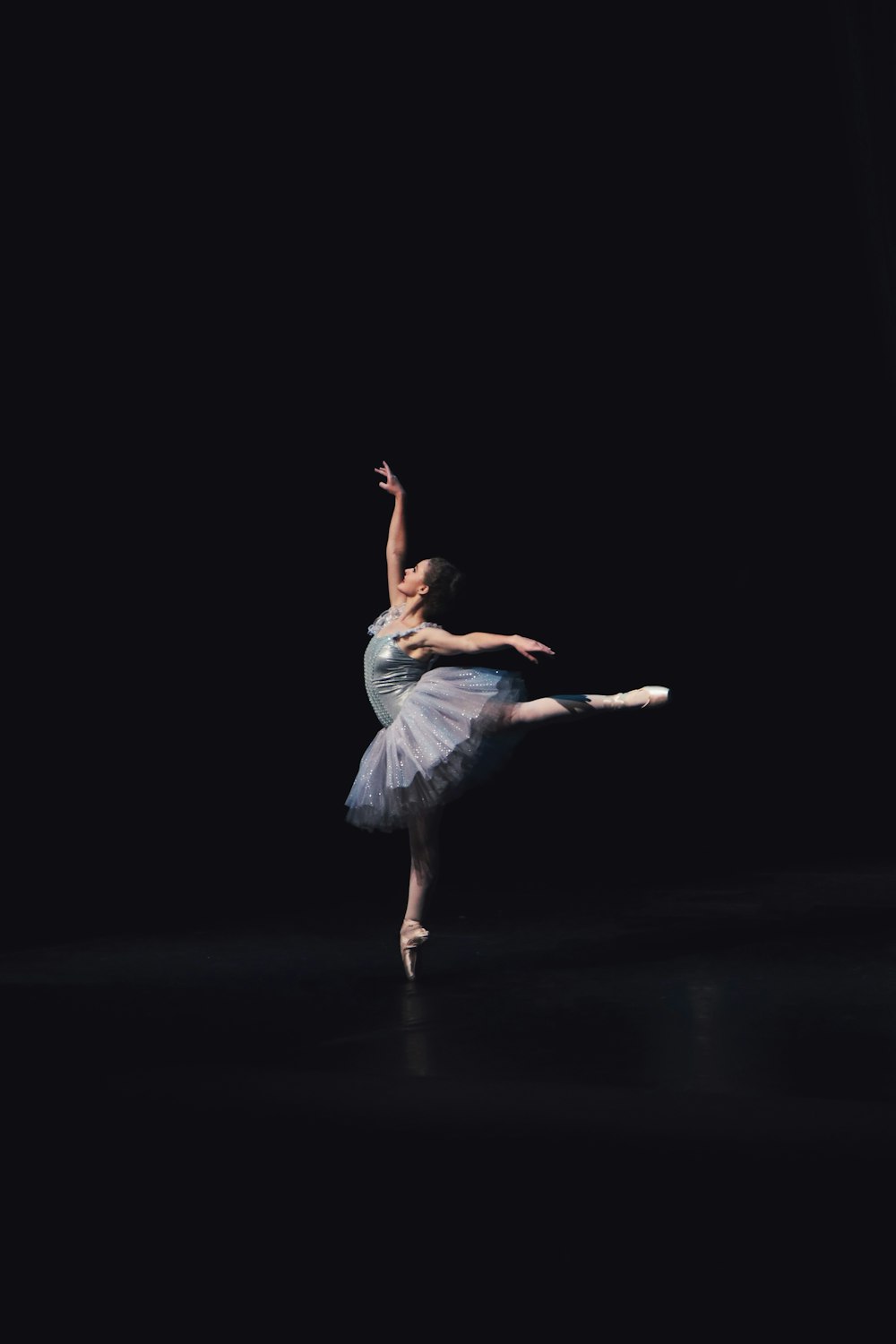P – Artists, Athletes, and Entertainers
The P status classification allows certain individuals to work temporarily in the United States and consists of four classifications: P-1, P-2, P-3, and P-4. The P classification covers foreign nationals who are internationally recognized athletes, artists or entertainers.
P-1 Status for Internationally Recognized Athletes/Entertainers
Foreign nationals who are athletes, artists and entertainers coming to the U.S. for a specific event, competition or performance may be eligible for P-1 status.
Requirements for the P-1
The following requirements must be fulfilled in order to qualify for a P-1 visa:
- The foreign national must be a recognized athlete or entertainer participating in an event of international standing
- The foreign national must provide evidence of legal contracts with a major U.S. sports league, or organization
- In addition, the foreign national must submit proof of at least two of the following:
- Participation in a U.S. major sports league in prior seasons
- Participation in international competitions with a national team
- A written statement from the sports media or a recognized expert
- Significant participation in a prior U.S. major league season
What are the Advantages of P-1 status?
The P-1 status holder can:
- Enter the U.S. and perform for payment or prize money
- Engage in part-time study
- Apply for visas/immigration status for accompanying essential support personnel and dependents
- The spouse and unmarried children of a P-1 individual may accompany the P-1 individual to the U.S. during his but are not permitted to work during their stay in the U.S.
What are the Limitations of a P-1 Visa?
- P-1 petitions will be approved only when the appropriate U.S. sports league or organization is consulted by USCIS
- P-1 entertainers (though not athletes) must be performing as part of a group and not individually
How long can Someone Stay in the U.S. in P-1 status?
A person may be allowed to stay in the U.S. for up to five years with extensions not to exceed a total stay of ten years.
P-2 Status for Artists or Entertainers
The P-2 classification is designated for artists or entertainers, either an individual or group, who wish to enter into the U.S. temporarily as part of a reciprocal exchange program. There should be two organizations involved in this exchange program: an organization in the U.S., and one abroad that provides for the temporary exchange of artists and entertainers.
Requirements for the P-2
Eligibility for the P-2 requires proof that:
An exchange program exists between the U.S. organization and the foreign organization
The people involved in the exchange program are of equal caliber, and will be employed in similar conditions for similar periods of time
The foreign national is highly experienced and possess skills comparable to those of U.S. entertainers or artists in the reciprocal program
An appropriate labor organization is involved in negotiating the reciprocal exchange program
Additionally, documentation including reciprocal exchange agreements, descriptions of the exchange program and evidence of qualifying skills, must be submitted with the petition to USCIS.
Frequently Asked Questions about P-2 Visas
What are the Advantages of a P-2?
- There are no travel restrictions on a P-2 visa
- A P-2 individual is permitted to engage in part-time study
- The spouse and unmarried children (under the age of 21) of the P-2 visa holder are permitted to enter into the United States in P-4 status. Though they are not eligible for work authorization, they can engage in full-time study.
How long can a P-2 individual remain in the U.S.?
Generally P-2 status for artists or entertainers is valid for a specific time period required to complete the event, activity, or performance, and less than one year. An individual in P-2 status is eligible to apply to extend is or her status in one year increments, in order to complete the event or activity for which the P-2 individual entered the U.S.
P-3 Status for those in Culturally Unique Programs
The P-3 classification is for artists or entertainers, individually or as a group, coming to the U.S. for the purpose of developing, interpreting, representing, coaching, or teaching a unique or traditional ethnic, folk, cultural, musical, theatrical, or artistic performance or presentation. It may also be available to someone coming to the U.S. to participate in a cultural event or events which will further the understanding or development of the art form. The program may be of a commercial or noncommercial nature.
Requirements for the P-3
To qualify for P-3 status, a foreign national must:
- Be at least 18 years of age
- Be qualified to perform the work as specified on the petition
- Communicate effectively
- Have not resided in the U.S. during the last year before arrival on a P-3 Visa
Frequently Asked Questions about P-3 status
What are the advantages of P-3 status?
- An individual in P-3 status may:
- Enter the U.S. and perform for payment or prize money
- Engage in part-time study
- Apply for visas/status for accompanying essential support personnel
- Apply for P-4 visas/ status for spouse and minor children though they are not eligible for work authorization.
What are the limitations of P-3 status?
An individual in P-3 status may work only for the employer that sponsored him or her
P-3 visa petitions cannot be approved until the appropriate labor organization is consulted by USCIS
P-4 Status for the Spouse and Children of a P-1, P-2 or P-3 Individual
P-4 status is for the spouses and children of P-1, P-2 or P-3 visa holders who wish to visit or accompany the principal visa holder in the U.S. Individuals in the U.S. in P-4 status are eligible to attend school but not eligible to work in the U.S.

